OSI Maritime Systems is focused on optimizing supply chain efficiencies through enhanced planning, execution, and reporting. The vendors that OSI uses directly influence the quality of products and systems we provide to the end user. The goal of the assessment process is to ensure that vendors meet OSI requirements including relevant statutory regulations and quality standards.
The following are the key factors OSI considers when assessing a new vendor:
- COMPETENCY – Assess the vendor’s capabilities measured against OSI’s needs. If possible, obtain information regarding the vendor’s current customers whose needs and values are similar to OSI’s, and how long they have been a supplier to those customers.
- CAPACITY – Assess the vendor’s resources to ensure they meet OSI’s requirements and needs, and how quickly will they be able to respond to these.
- PRICING – Assess the price of the product or services that the vendor will provide and determine whether it is comparable to those vendors providing similar products or services.
- QUALITY – Assess the vendor’s understanding of OSI’s requirements and its commitment to maintaining high quality standards, as well as delivering the required order, whatever the needs of their other customers. Where appropriate, look for quality initiatives within the organization, such as ISO 9001:2015. Assess the vendor’s quality support and how it will effectively respond to resolving a problem in a timely manner. Determine what warranty terms the vendor provides.
- FINANCIAL STABILITY – Assess if the vendor is in good financial health and able to weather the ups and downs of an uncertain economy. Determine what information the vendor is able to offer to demonstrate its ongoing financial strength.
- PROCESS CONTROL – Assess if the vendor has processes and procedures already set in place in order to ensure it will deliver consistently and reliably.
- DELIVERY – Assess how the vendor will deliver the product or services on time, and calculate their average time for delivery. It should be comparable to other vendors offering similar products or services. Inquire into the packaging of the product: for example, is it sturdy, suitable and properly marked, and what documentation will be provided with the delivery? Determine also if the vendor is capable of an emergency delivery, if requested.
- COMMUNICATION – Assess the vendor’s communication approaches and who will be your primary contact person. Ask how the supplier will handle communication in the event of a crisis and how quickly notification will be made if there’s a supply disruption.

